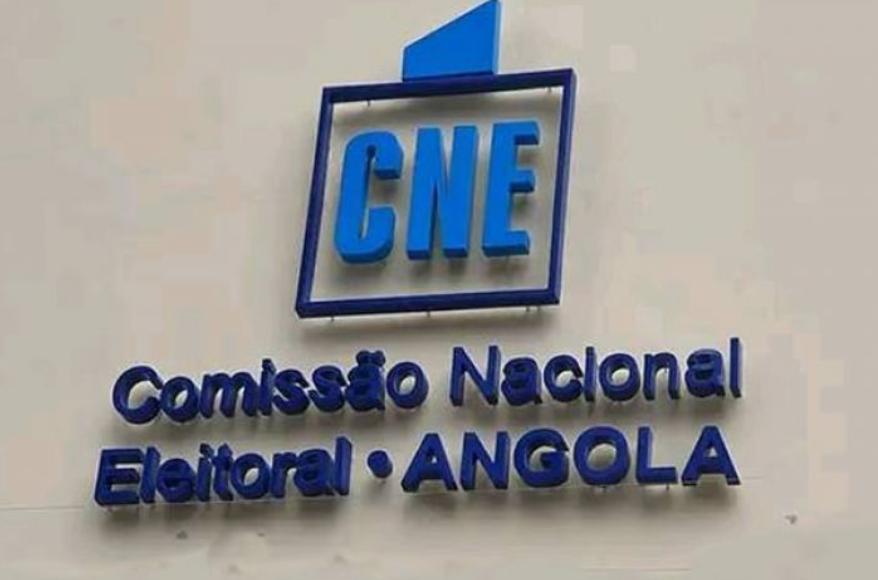Africa-Press – Angola. The ‘black rooster’ party leaves no doubt that it intends to make a series of reforms to electoral laws. In the following lines, follow the reflection of jurist Rui Verde.
The proposed changes to the electoral laws, which are being put forward by UNITA, are very broad and deserve careful discussion. The truth is that the largest opposition party represents more than 40% of voters.
A comparison is made between this project (UNITA) and the Government’s proposal (MPLA) in some essential aspects.
‘Voted, sat down’
Interestingly, UNITA’s draft also limits the possibilities of ‘voting, sitting’. In fact, article 109.3, in the version of that party, establishes the following: “Voters who have voted are allowed to remain outside the polling station, at a distance of no less than 50 meters, without disturbing public order”.
This means that voters are prohibited from staying at the polling station, and must leave the premises and be more than 50 metres away. Roughly speaking, this is the distance between Fortaleza Shopping and the Luanda Science Centre. It is close, but you cannot see anything posted or follow any action, unless you use binoculars.
Obviously, it is a more appropriate measure than the 1000 meters (1 kilometer) proposed by the Government, which is simply impractical.
Voting document:
UNITA’s project does not make any changes to the current system. It is therefore required that voters hold a valid voter card.
As I have said several times, the use of the Identity Card as a single document seems to me to be a good idea and is already being successfully practiced in other countries such as Portugal. UNITA claims that around 1/3 (one third) of potential voters do not have an Identity Card (ID). According to the Government, there are at least 12 million voters with ID. This implies, according to UNITA’s calculations, that the universe of voters would be 16 million, which seems unlikely or needs to be better demonstrated.
The balancing solution would be to make the ID the primary voting document, but allow an escape clause, according to which those who demonstrably did not have it could vote using their voter card.
Summary report
The UNITA project, in article 123, paragraph 2, maintains the summary minutes, but provides the following:
“From the polling station, based on the minutes of the tables, a summary report is drawn up by the secretary of table 1 and duly signed, in legible handwriting, by the president of table 1, by the list delegates and national observers of table 1, who are present, and is immediately sent electronically by the president of the polling station to the Provincial Electoral Commission (CPE) and to the National Electoral Commission, then placed in a sealed envelope that must be physically sent to the Provincial Electoral Commission”.
It is interesting that the UNITA project creates several degrees and levels of counting, a kind of counting flowchart that seems complex, and is more susceptible to error (intentional or not) than the existence of a single report of the vote, the counting of the polling station.
I have insisted on strengthening and protecting polling station delegates and providing them with adequate resources to carry out their work. The key to electoral transparency and truth lies with polling station delegates, the actual place where people vote and count votes.
CNE and proportionality
UNITA wants to introduce several fundamental changes to the CNE, unlike the MPLA.
The main changes in the composition would be:
Each Parliamentary Group appoints two members on an equal basis, eliminating the principle of proportionality.
In addition to these, there would be a jurist or judge of recognized merit in society, chosen based on a curriculum competition promoted by the National Assembly.
The remaining members would be from civil society, one of them being the president.
The way in which the president is chosen is somewhat confusing. It appears that the president will be chosen by the members of the CNE from a list of three candidates resulting from a competition held by the National Assembly in which civil society members belonging to the CNE would compete.
All members are elected by an absolute majority by the National Assembly.
This system solves nothing. Let us take the current situation in the National Assembly as an example. There are three parliamentary groups (MPLA, UNITA and Mixed). Each would elect two members, for a total of six. The remaining 11 members would always be decided by an absolute majority of the deputies (MPLA has an absolute majority). Consequently, it would not be difficult to imagine a scenario in which the MPLA would gain the support of 13 members of the CNE.
If UNITA’s project was well understood, it is a real ‘shot in the foot’.
«Voters who have voted are allowed to remain outside the polling station, at a distance of no less than 50 meters»
For More News And Analysis About Angola Follow Africa-Press






